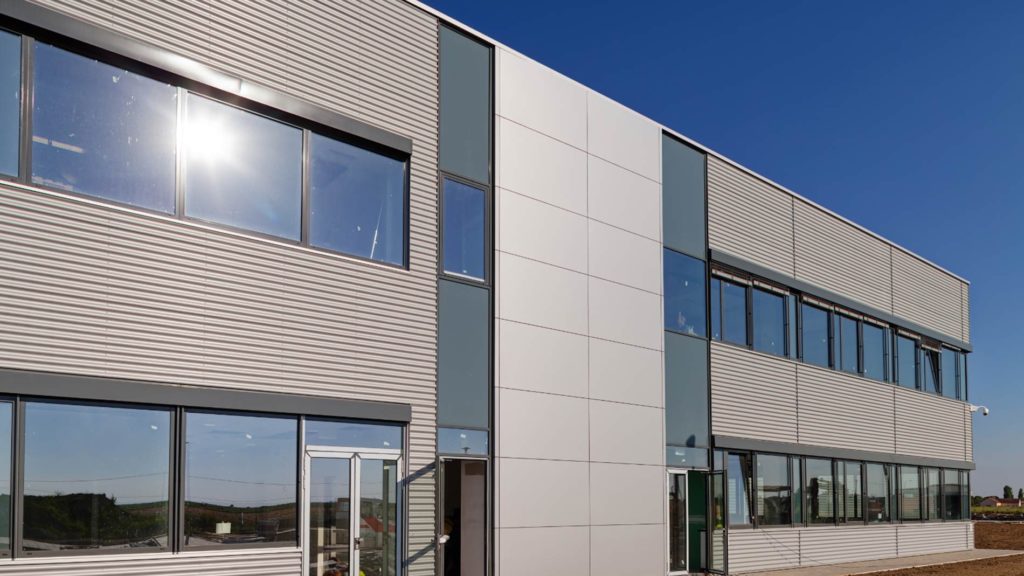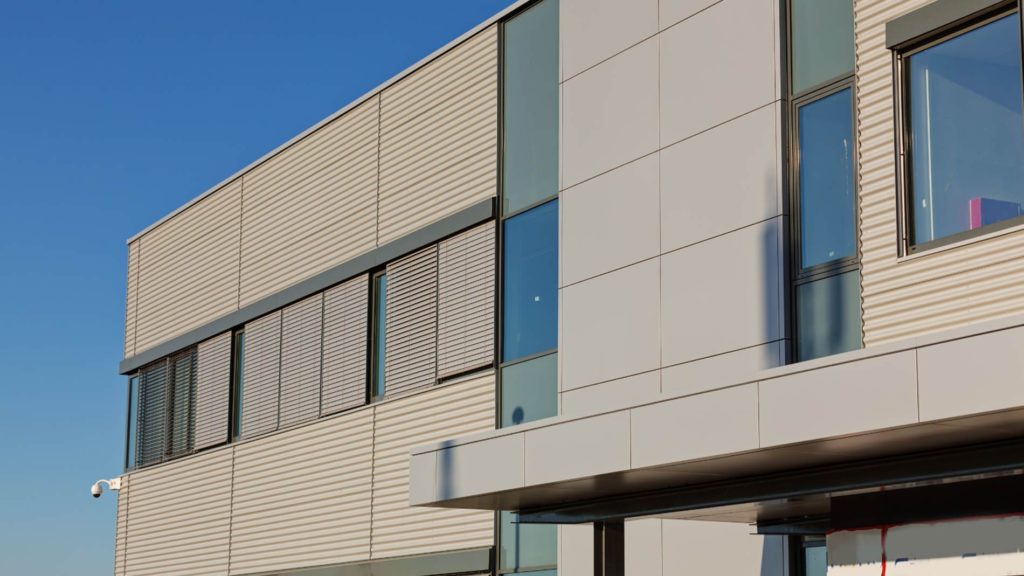Discover sandwich panels and their innovative applications. This guide will walk you through the basics of what it is and how it can be used on a construction site.

Sandwich panels are used primarily for exterior and interior cladding of buildings. They are also commonly used as partitions in places such as warehouses and factories. These panels can also be used in cold storage facilities due to their insulating capabilities.
Which construction sites use sandwich panels?
The panels are typically found on commercial and industrial buildings, such as office buildings, shopping malls, factories and warehouses. They can also be found on residential buildings, such as houses or apartment complexes.
Why use sandwich panels in construction?
The primary reason why sandwich panels are so popular is their thermal insulation capability. Compared to other materials, such as metal or wood, sandwich panels offer greater insulation that helps keep a building warm in the winter and cool in the summer months. This not only helps with energy efficiency, but can help in keeping residents living in the building comfortable year-round without having to rely on air conditioning or heating systems.
Additional properties to keep in mind
In addition, sandwich panels are highly fire resistant, making them an excellent choice for any structure that needs extra protection from potential fires. Finally, these panels are lightweight, allowing for easier installation and less stress on the building’s foundation compared to traditional materials such as brick or concrete block walls.

What are some of their other properties?
Sandwich panels are made of two sheets of metal that have been joined together with an insulating core between them. The two pieces of metal serve both as structural elements of the panel and to provide protection from the elements, such as rain or snow. The core is usually made of polyurethane foam or mineral wool, which offers additional insulation benefits as well as an additional level of fire resistance compared to metal alone.
Take charge of your building’s appearance
In addition, sandwich panels come in a variety of colors, allowing greater freedom for architects to design the exterior of a building while ensuring that it meets all necessary safety requirements. All these properties together make sandwich panels one of the most versatile materials available for building construction today.
Choose sandwich panels today
In summary, sandwich panels offer many advantages when it comes to building projects, including thermal insulation capabilities, fire resistance ratings and lightweight construction features that make installation easier than other materials such as brick or concrete block walls. Thanks to their versatility in terms of color options and overall design flexibility, these types of paneling systems are becoming increasingly popular among architects who want to create structures that stand out from the crowd, while still meeting any safety requirements that may be necessary for certain projects. Ultimately, if you’re looking for a reliable material that provides excellent performance at an affordable price, then sandwich panels are definitely worth considering for your next construction project!
 Greenzoner.com
Greenzoner.com
Leave a Reply